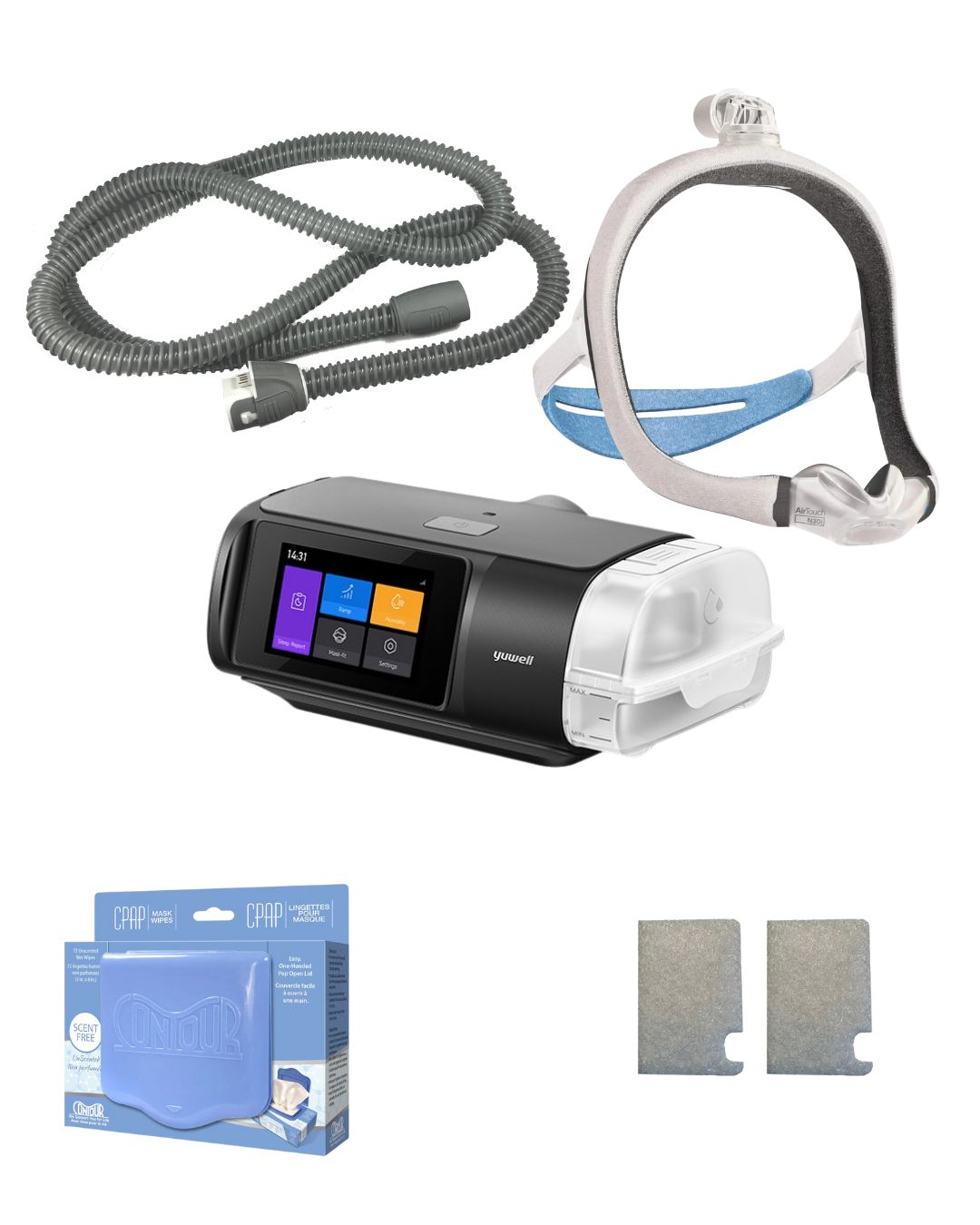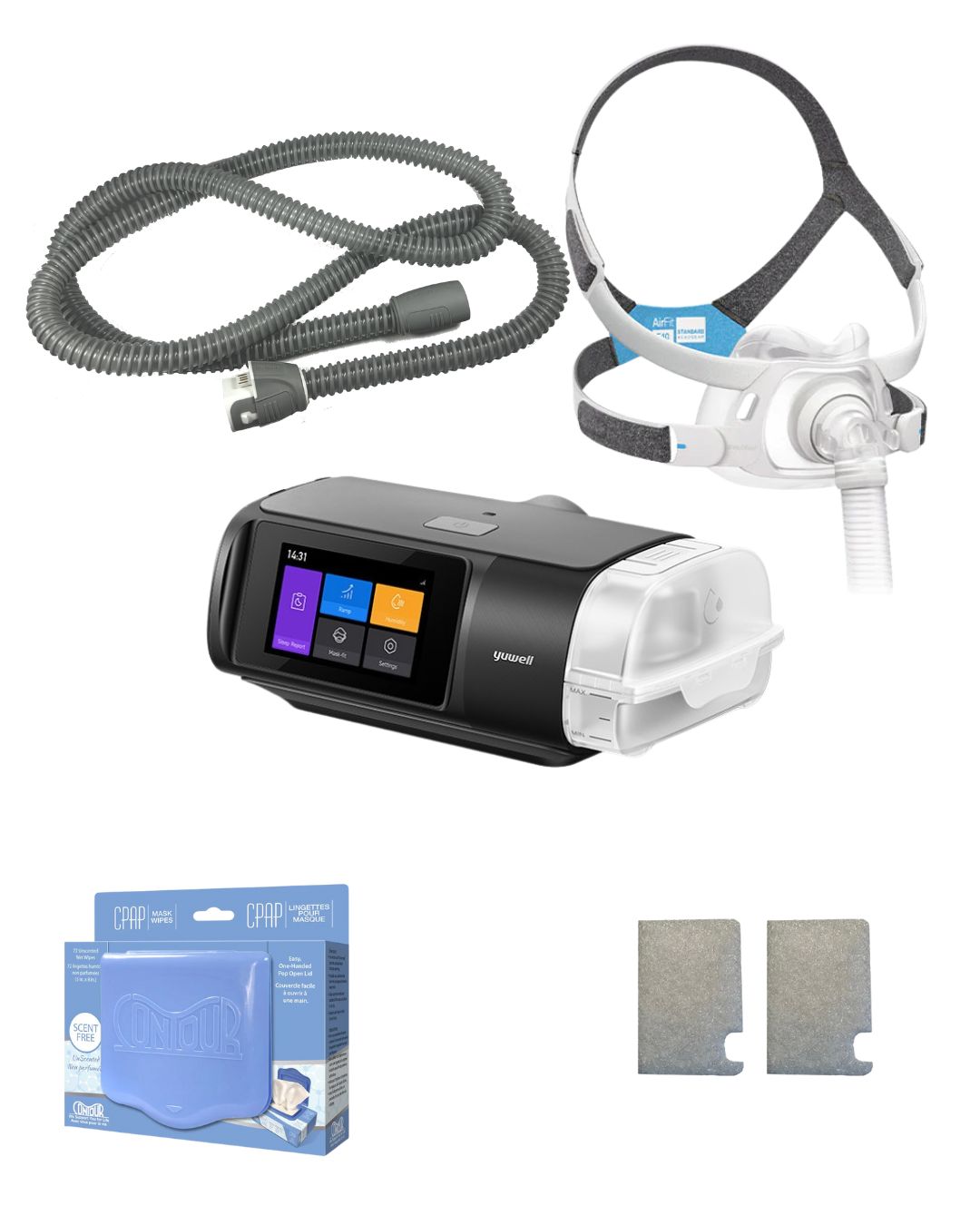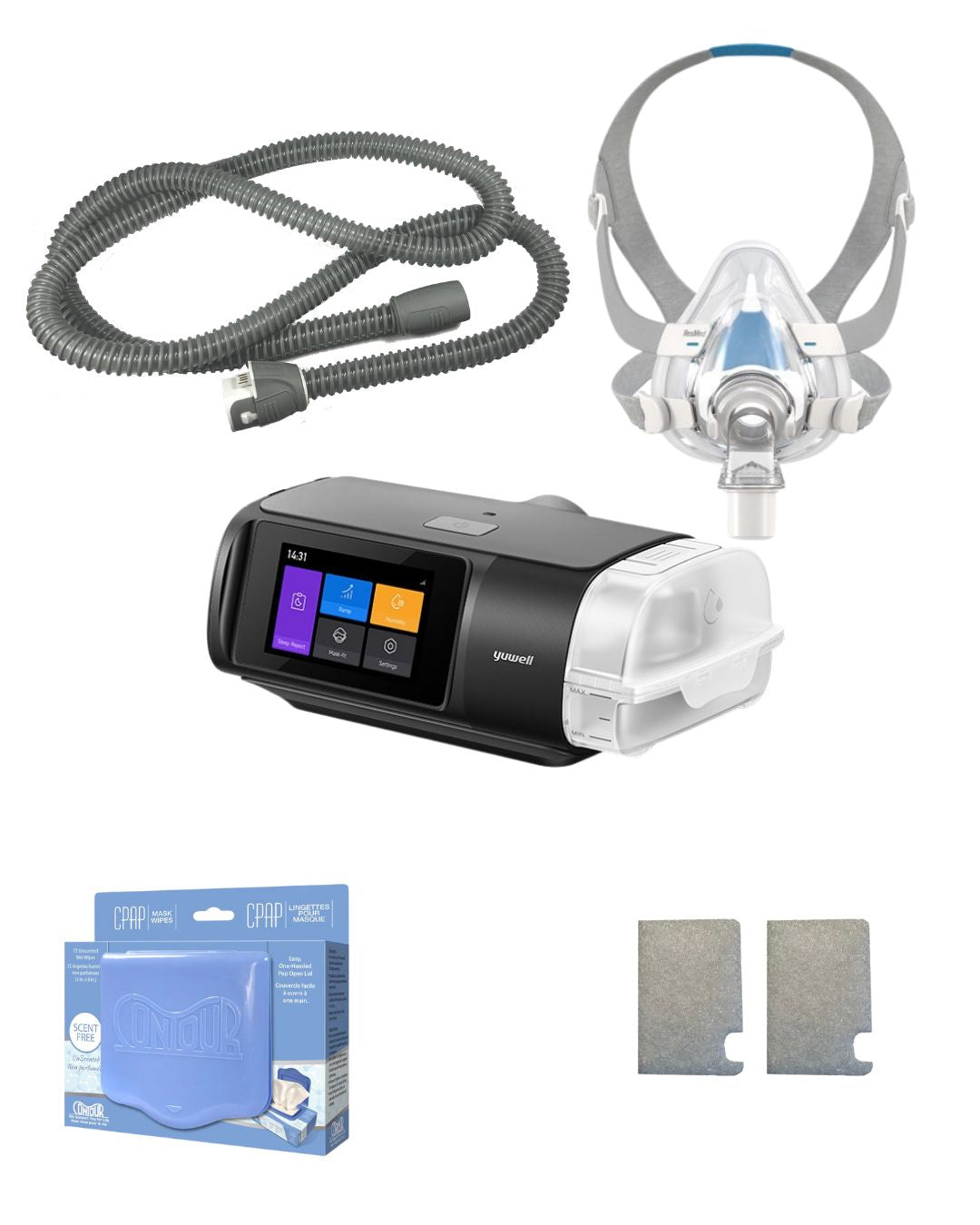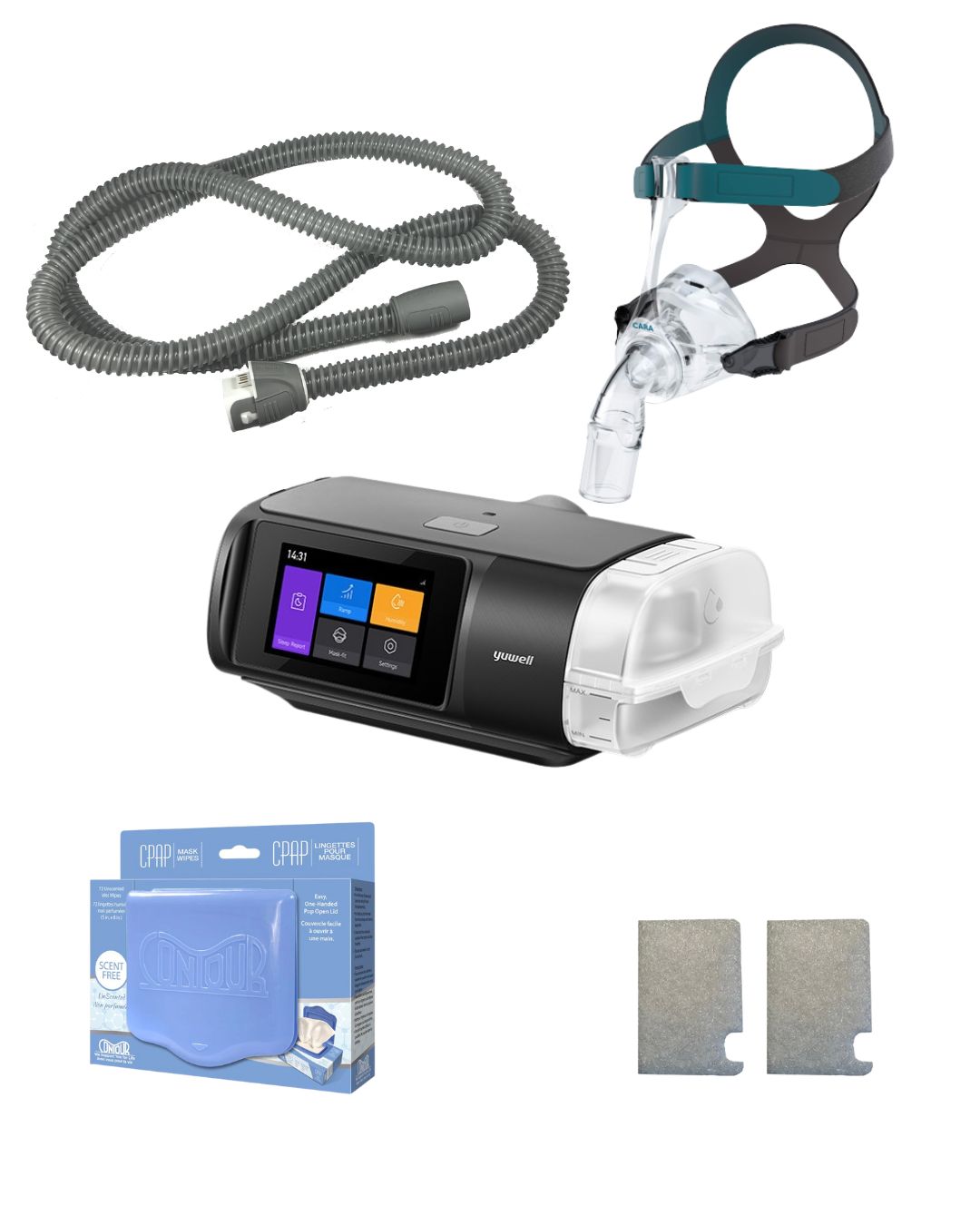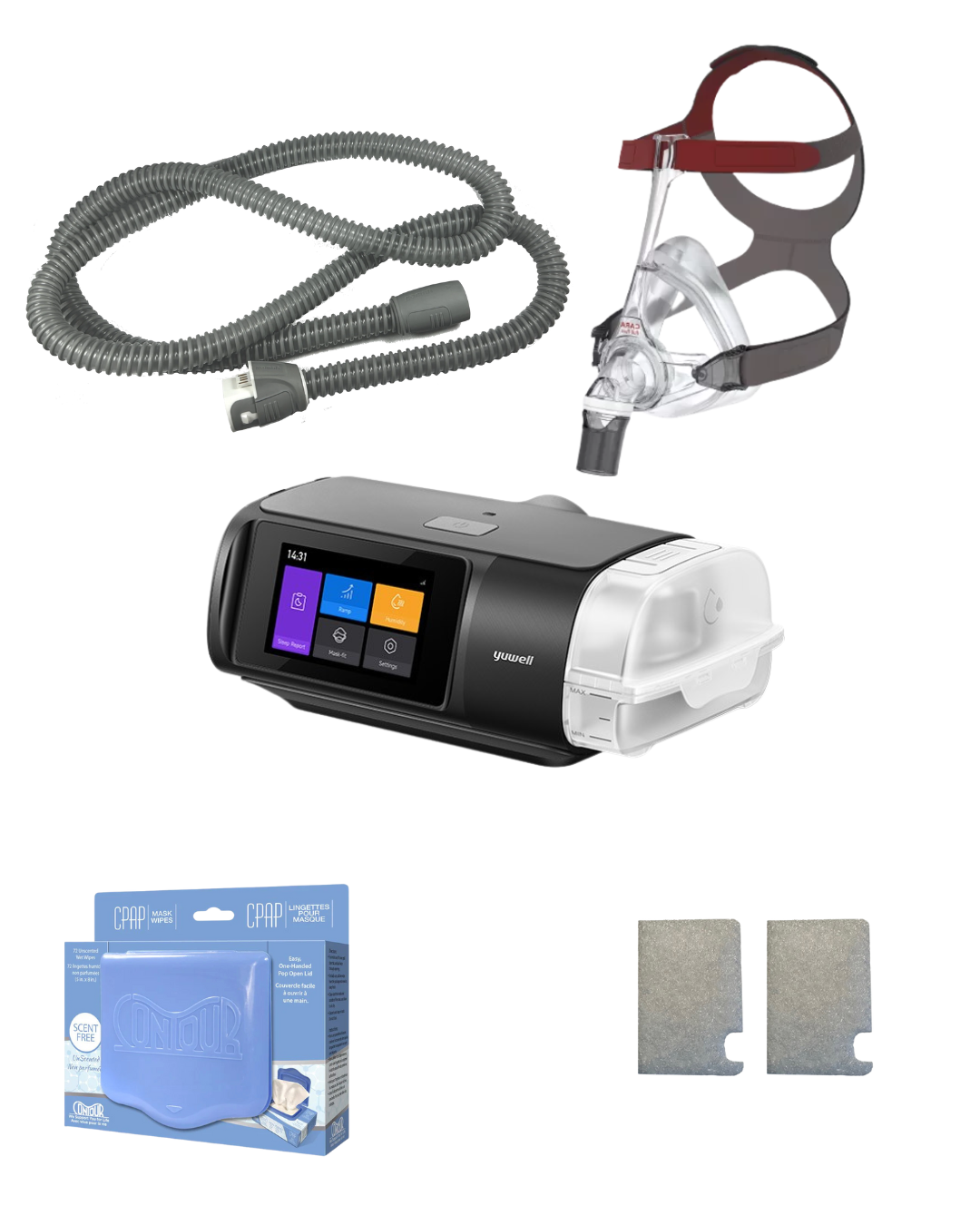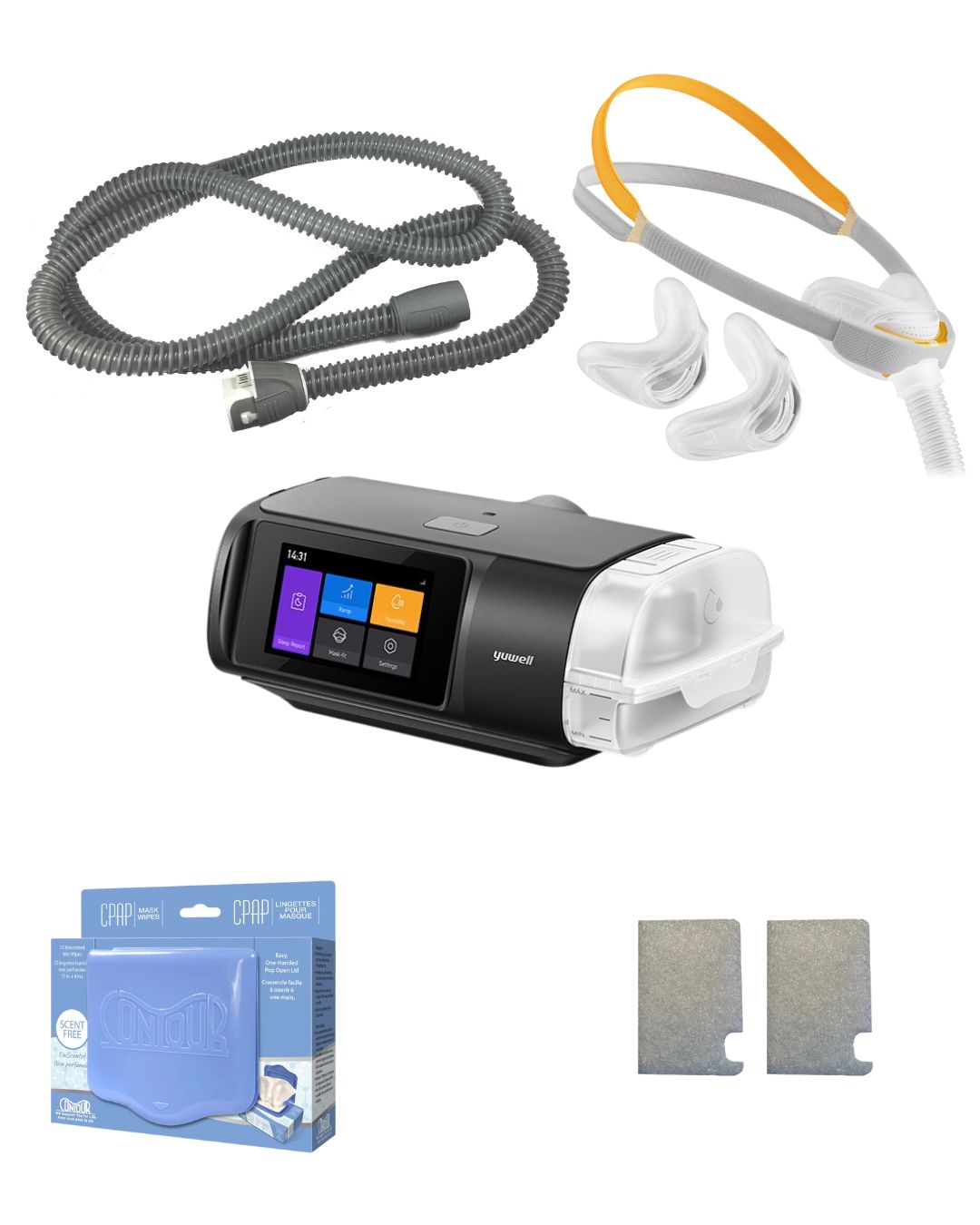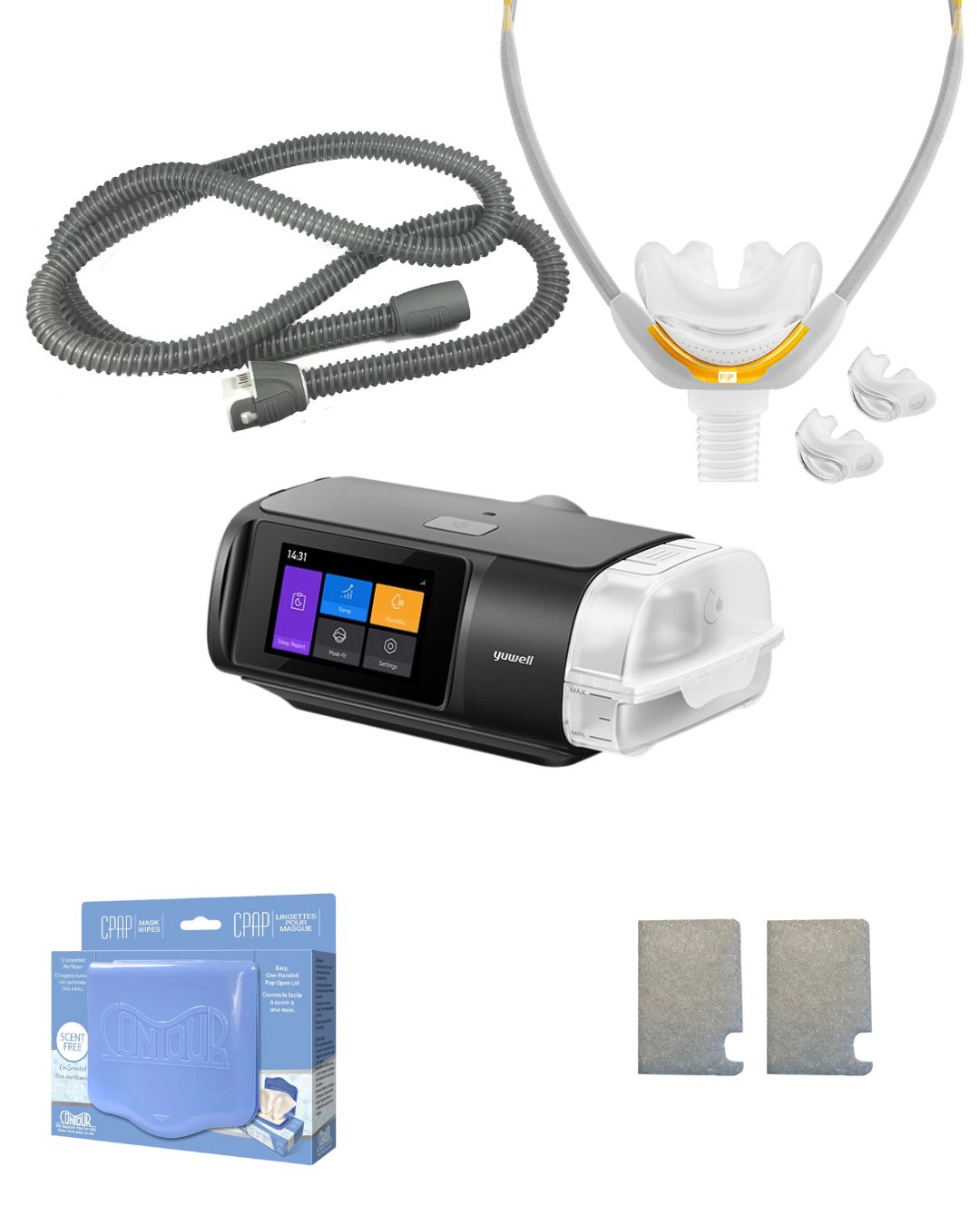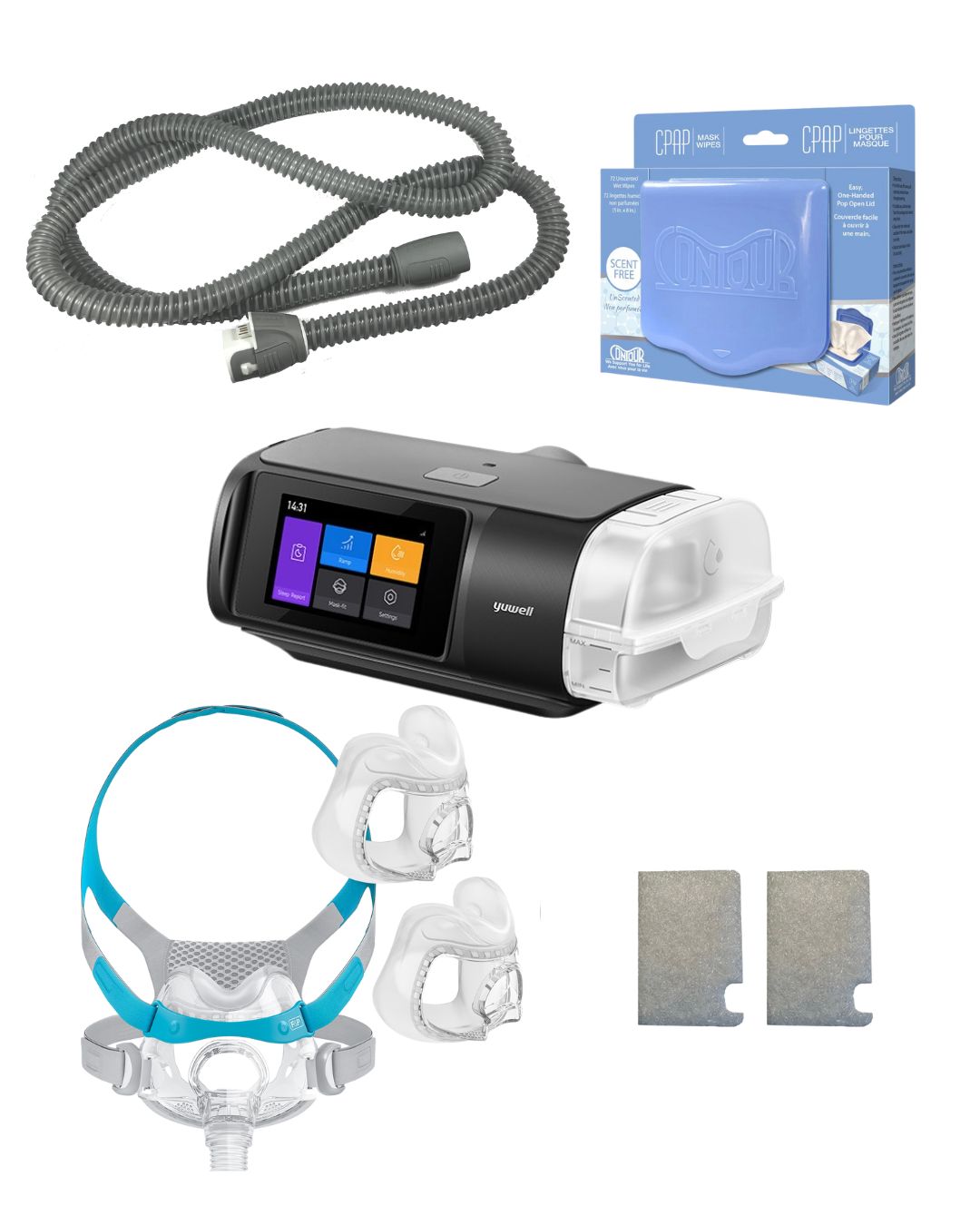You Sleep for 30% of Your Life… What If That Time Is Slowly Hurting You?
What is Sleep Apnea? Signs You Shouldn’t Ignore
Think about this: we spend roughly 30% of our lives asleep. That’s nearly a third of our lifetime! And yet, for most of us, sleep is the most neglected part of our health. We power through exhaustion, joke about snoring, and tell ourselves we’ll “catch up later.”
But here’s the truth—when sleep is broken, so is everything else. Your energy, your mood, your focus, your hormones, even your heart.
Over 40% of the population is believed to have some form of sleep breathing disorder. While the term sleep apnea is still widely used, the more accurate medical phrase today is Sleep Disordered Breathing (SDB).
Why the shift? Because you don’t have to completely stop breathing for sleep-related airflow issues to cause damage. Even partial restrictions can trigger significant physiological stress on the heart, brain, and body.
💡 Did you know? When sleep studies are scored, generally speaking, the majority of events aren’t actually full apneas but hypopneas—a 30% reduction in airflow that still lowers oxygen levels by at least 3%. Doesn’t sound like much? Stack that up hundreds of times in a single night and your body feels like it ran a marathon… while you were “asleep.”
🚨 The Silent Killer
Sleep disordered breathing is often called a “silent killer.” You may not need more than one symptom for it to be dangerous. The reality is, many people wait until something more severe happens—like high blood pressure, stroke, or heart disease—before seeking help. Unfortunately, by then, the damage may not be fully reversible.
And yes, yes—we know there are many factors to consider when it comes to your health. But why turn a blind eye to something that can be easily tested, ruled out, or treated? Sometimes the simplest step is the smartest one.
💡 Did you know…
- Unrestful sleep can subconsciously drive simple-sugar cravings, as your body looks for a quick energy fix.
- Metabolic Hormones are released and regulated during sleep. When your sleep cycles are disrupted, so are your metabolic biomarkers—which can fuel weight gain, insulin resistance, and hormonal imbalance.
- During REM cycles (dreaming sleep), which should occur about every 90 minutes and last ~20 minutes, sleep disordered breathing is often at its worst. This stage is crucial for true restoration, but our muscles lose tone, leaving us effectively paralyzed except for rapid eye movement and little limb twitches. That’s when untreated breathing problems wreak the most havoc.
- Women are heavily affected during perimenopause, menopause, and post-menopause,when declining estrogen levels make sleep disordered breathing more likely and more impactful.

⚠️ Signs You Shouldn’t Ignore
You may have Sleep Apnea or Sleep Disordered Breathing if you notice:
Loud or habitual snoringYour partner’s “gentle purr” is starting to sound like a lawnmower at 2 a.m.? Snoring isn’t just annoying—it’s often the first red flag. Don’t brush it off.
Morning headaches or dry mouth
Waking up with a pounding head or desert-dry mouth isn’t just “a bad night’s sleep.” It’s your body telling you it struggled all night long. OSA headaches can be consistent with: Tension headache, Temporal Headaches and Hypertension. Does it go away after 1-2 hours?
Daytime fatigue
Ask yourself: are you truly energized… or just pushing through on caffeine and adrenaline? Fatigue is sneaky, and most of us underestimate how bad it really is.
Waking up gasping or choking
Some people say, “Oh, my partner doesn’t stop breathing at night.” Really? Were you watching them every single minute? These events are easy to miss—but your body pays the price.
Mood swings and brain fog
Snapping at loved ones and people, zoning out in meetings, forgetting simple things… it’s not just stress. It’s your brain waving a white flag after a night of oxygen rollercoasters.
Nighttime trips to the bathroom
Blaming it on “getting older” or a “weak bladder”? For most people, that’s not the real culprit. About 90% of our patients are floored when, after therapy, they sleep straight through the night.
A partner notices pauses in your breathing
If someone’s nudging you because you’re “holding your breath,” that’s not cute—it’s dangerous.
Here’s the point: you don’t need all these symptoms. Even one that sticks around is reason enough to get checked.
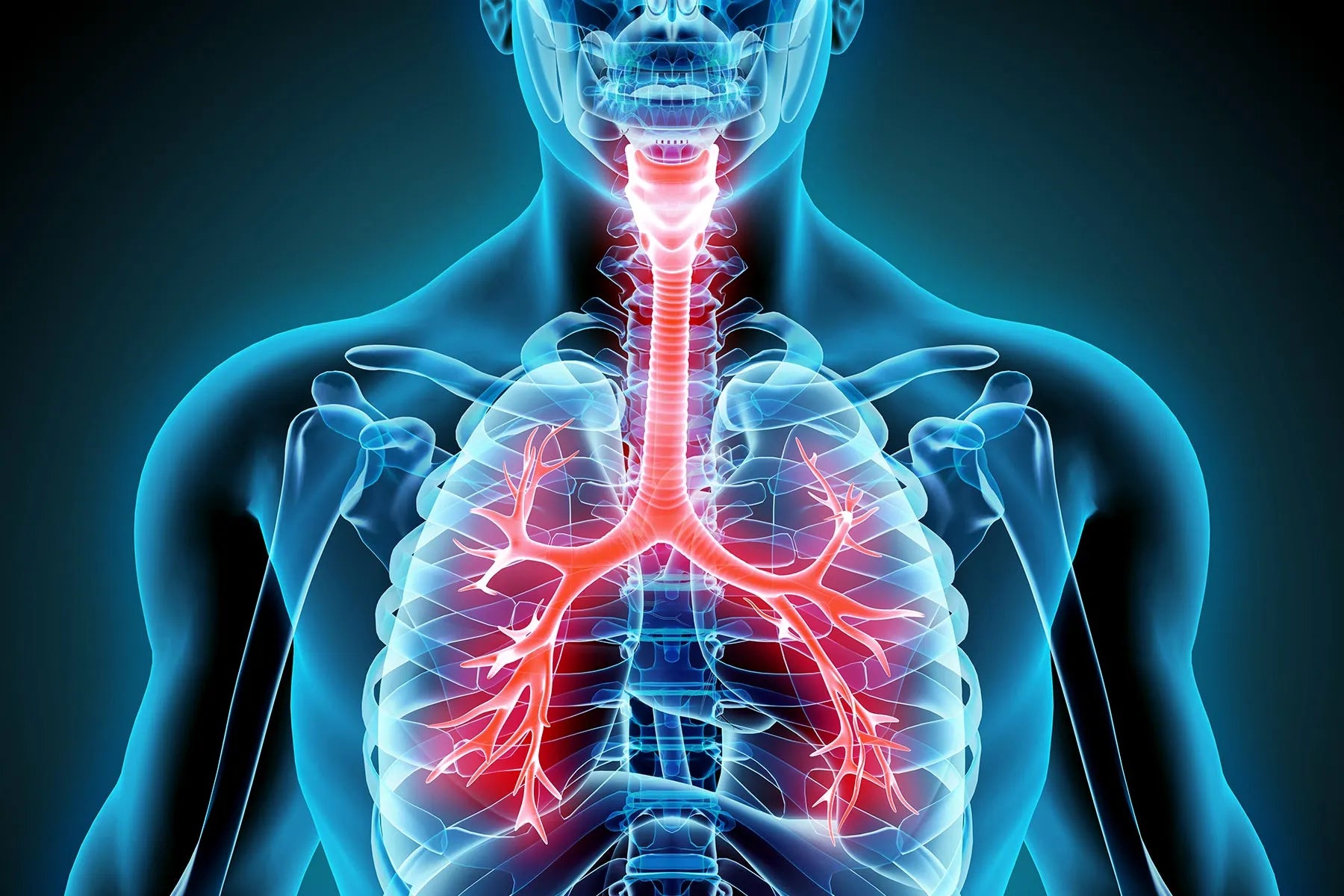
🧠 The Health Risks
When your breathing is constantly disrupted, your oxygen dips. Your heart races. Your brain panics. Repeat that cycle hundreds of times and your entire system is running in crisis mode.
Left untreated, SDB is tied to:
- Stroke (risk is 2–3x higher)
- High blood pressure & heart disease
- Type II diabetes
- GERD & weight struggles
- Hormonal and libido issues
Here’s the science part: our main drive to breathe is carbon dioxide—not oxygen. In late-stage COPD, oxygen can become the main drive, which is why giving supplemental O₂ sometimes actually causes patients to stop breathing.
Now, apply that concept to sleep. Every time your airway collapses, your heart rate spikes and your fight-or-flight system kicks in. That’s your body’s alarm system screaming for help.
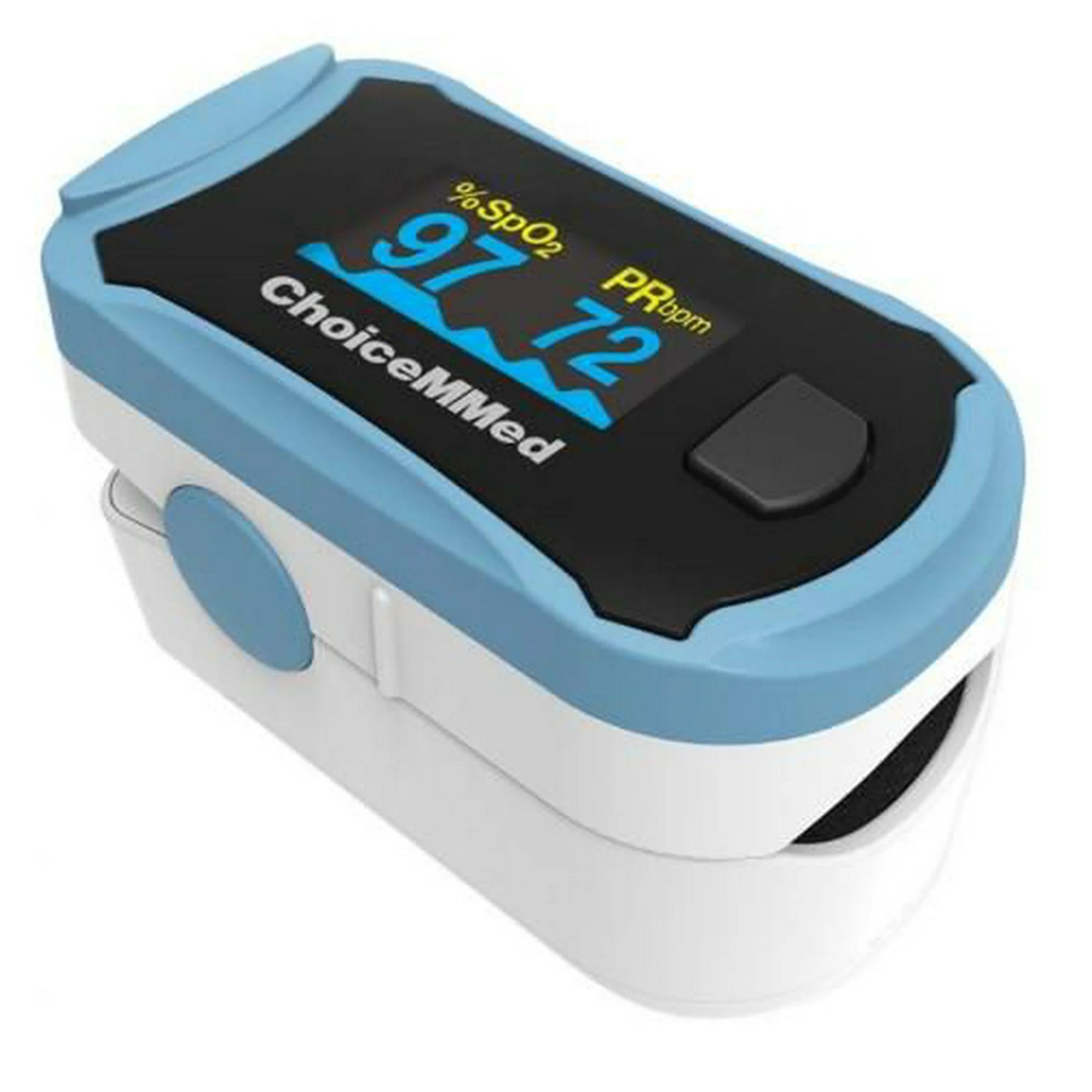
💡 Pro Tip: Try This at Home (at your own risk)
Got a pulse oximeter? If you don’t have major heart or lung issues, try this little demo:
- Put the monitor on your finger. Wait for a stable reading (with pulse waveforms if your device shows them).
- Without taking a big pre-breath, hold your breath.
- Watch. Did your oxygen drop more than 2%?
- If not, do it again right away.
- Still nothing? Keep going.
Here’s what you’ll notice: your heart starts racing and you feel the urge to gasp way before your oxygen dips into the danger zone.
Catch our drift? People with sleep disordered breathing go through this same stress—over and over, all night long, every night of the year (minus the rare “good night”).
Even scarier? Over time, constant exposure can dull your brain’s sensitivity to carbon dioxide. That’s when central sleep apnea can develop—where your brain literally stops sending the signal to breathe. And that’s a whole new level of complicated to treat.
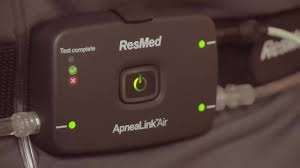
✅ What You Can Do
The good news: you don’t have to wait for it to get worse. There are proven solutions, and we’ll help you find what fits best:
Home Sleep Testing – simple, accurate testing you can do in your own bed
CPAP & BiPAP Therapy – the gold standard to keep your airway open
Travel Hoseless EPAP options – stay on track even on the go ( Snoring to Mild OSA only)
Take care of your sinus health – because congestion can undo the best therapy. Available at a pharmacy near you.
Holistic Approach – from hormone panels (Estrogen/Progesterone) to naturopathic tinctures, nutrition tweaks, and exercise plans, supporting your whole health helps your sleep too
📲 You can book online here or call us at 613-777-9907 to get started today.

